It is pretty standard for car owners to upgrade their rides, and the easiest way to achieve this is by a simple color change. It is known that once paint dries, it is semi-permanent. It is beneficial to understand how to remove paint from plastic car parts. We've already researched the answer, and we'll be explaining the process thoroughly in this article.
To remove paint from plastic car parts:
- Wear protective clothing and equipment and prepare your well-ventilated workspace, tools, and chemicals needed for the job.
- Remove the plastic part from the car, then try to scuff the paint off with 80-girt sandpaper.
- Coat the plastic with the paint stripper, then wait for it to wrinkle and bubble off.
- Scrape off the paint or use a scouring pad for residual marks.
- Repeat steps 3 and 4 as needed. The number of repetitions will depend on how many coats of paint were applied.
- Apply a neutralizer, if required.
It is essential to take precautions throughout the process since the paint stripper is a corrosive material. These precautions include reading the warnings stated on the product label. Keep reading this article as we further discuss this topic, and it may also answer some questions you have in mind.
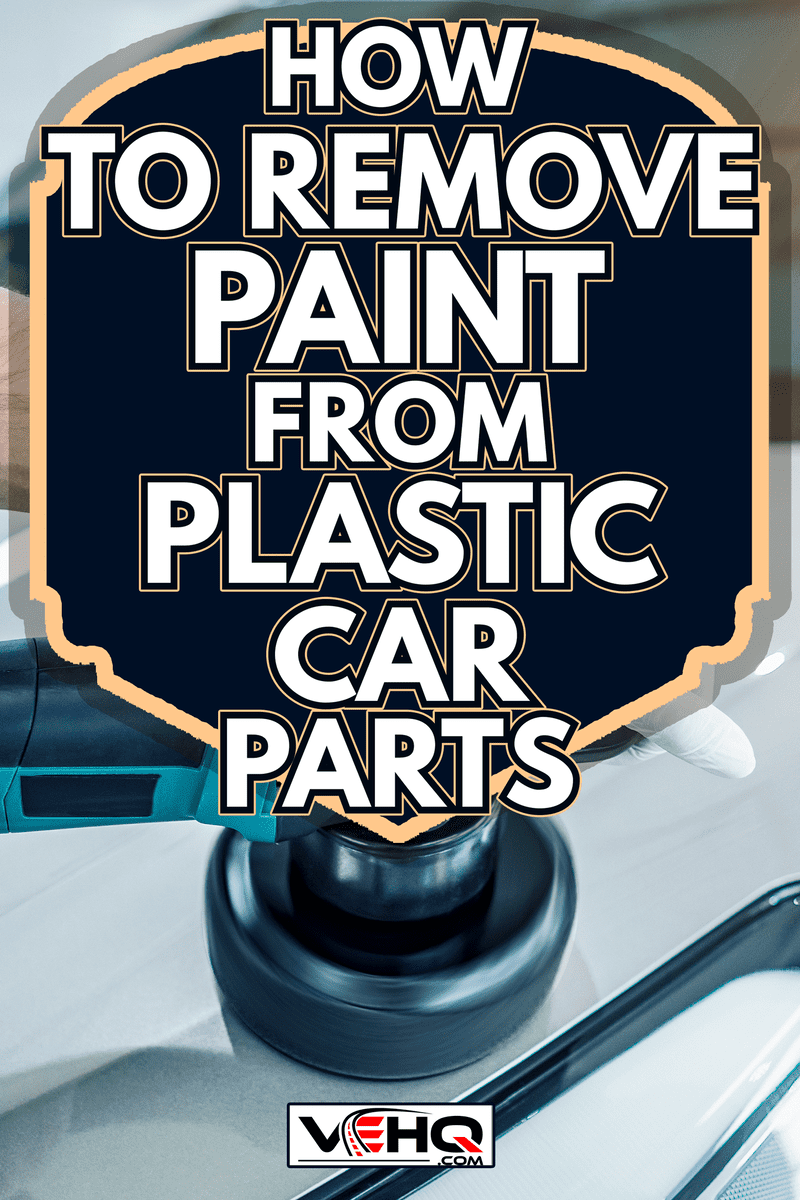
Does Paint Thinner Damage Plastic Car Parts?
Soft plastics like styrofoams will dissolve when it comes in contact with harsh chemicals like thinners. To check if the plastic is hard or soft is by making a ball out of it; if it retains its shape, it is most likely hard.
Manufacturers designed plastic on vehicles to withstand various impacts ranging from simple bumps to heavy blows; thinners won't damage these parts except by removing paint.
How To Remove Paint From Plastics?
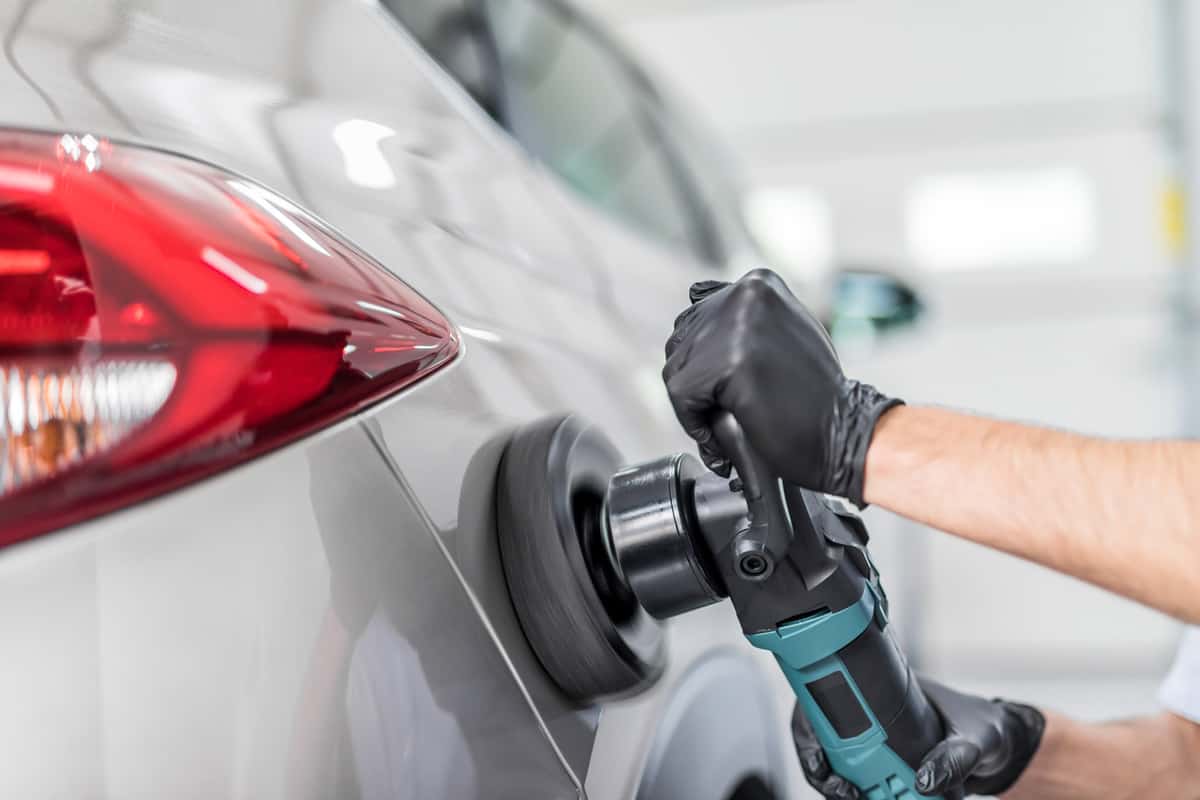
You can't just apply removal products on every material since not everything has the same durability. What works for wood and metal may be harmful to plastics; thus, it is beneficial to familiarize yourself with different methods for reference.
Keep in mind that the options listed below apply to minimize spills and spots of paint only. For overall paint removal, follow the steps provided above.
Nail Polish Remover
Acetone should be the main ingredient of the nail polish remover; otherwise, it won't work. Acetone liquifies paint making it easier to remove. Rub polish-soaked cotton on the paint; as you do this, some colors have already transferred to the cotton. Finish it off with warm water and a clean rag.
Dish Soap
Dish soap's primary purpose is to clean up dirt and grease; moreover, it also loosens adhesives, so it's already a given that this is on the list. Prepare a gallon of hot soapy water, soak a sponge, spread it on the affected area, and scrub until you remove the paint.
Use a pressure washer and hose for more prominent stains to ease the task. You may also add a few drops of essential oils for their cleaning attributes.
Check out this Dawn Dishwashing Liquid on Amazon!
Oil
Known as the go-to remedy for getting off anything sticky, it is also a solution worth trying. Vegetable, mineral, coconut even essential oils will do the trick. Cover the paint with oil and let it sit for five to ten minutes. Use a putty knife or blade to scrape off the paint; alternatively, you may opt to scrub or brush it off as a safer option.
Finally, wipe the area with soap and water to remove oil traces.
Check out this Vegetable Oil on Amazon!
Alcohol
Denatured and rubbing alcohols are popular alternatives for paint thinners. Aside from its disinfecting quality, it is an excellent solvent to strip paint, especially oil-based paints.
Denatured Alcohol
Denatured is a stronger type of alcohol compared to rubbing; thus, it often results in skin irritations. Take precautions when dealing with this solution and wear protective clothing. Rub the solvent onto the paint until it is off, then wipes it clean with a clean rag.
We recommend testing it out first in a small hidden area to see if any adverse reaction will occur.
Check out this Denatured Alcohol on Amazon!
Rubbing Alcohol
Rubbing alcohol is less harsh than denatured; thus, it is preferred and widely used. Coat the area with the solvent, then rest for five minutes before washing it off with warm water. To avoid the alcohol from evaporating, cover it with plastic. If a large quantity of paint remains, repeat the process as needed.
You can easily remove leftover marks with a scraper or razors.
Check out this Rubbing Alcohol on Amazon!
WD-40
This heavy-duty alternative is of the same level as paint thinners and removers due to its chemical content; if the other method fails, this is the last resort. Take precautions by wearing protective clothing to avoid inhalation and contact with the cleaner; also, try doing a patch test first. Spray some WD-40 on the paint, then wipe it with a clean towel.
Different kinds of plastic are used when manufacturing various objects; thus, it is wise to do a patch test first, regardless of the option you choose. This ensures that there won't be any adverse reactions like melting and rusting during the process.
You may also hire a professional and let the car experts do the job for you; this way, you can guarantee safe paint removal.
Check out the WD-40 on Amazon!
What Products Can Damage Plastic Car Parts?
Manufacturers did not formulate paint thinners and removal products the same; although their primary purpose is to lift paint off, some can do more damage than good.
Ethyl Alcohol
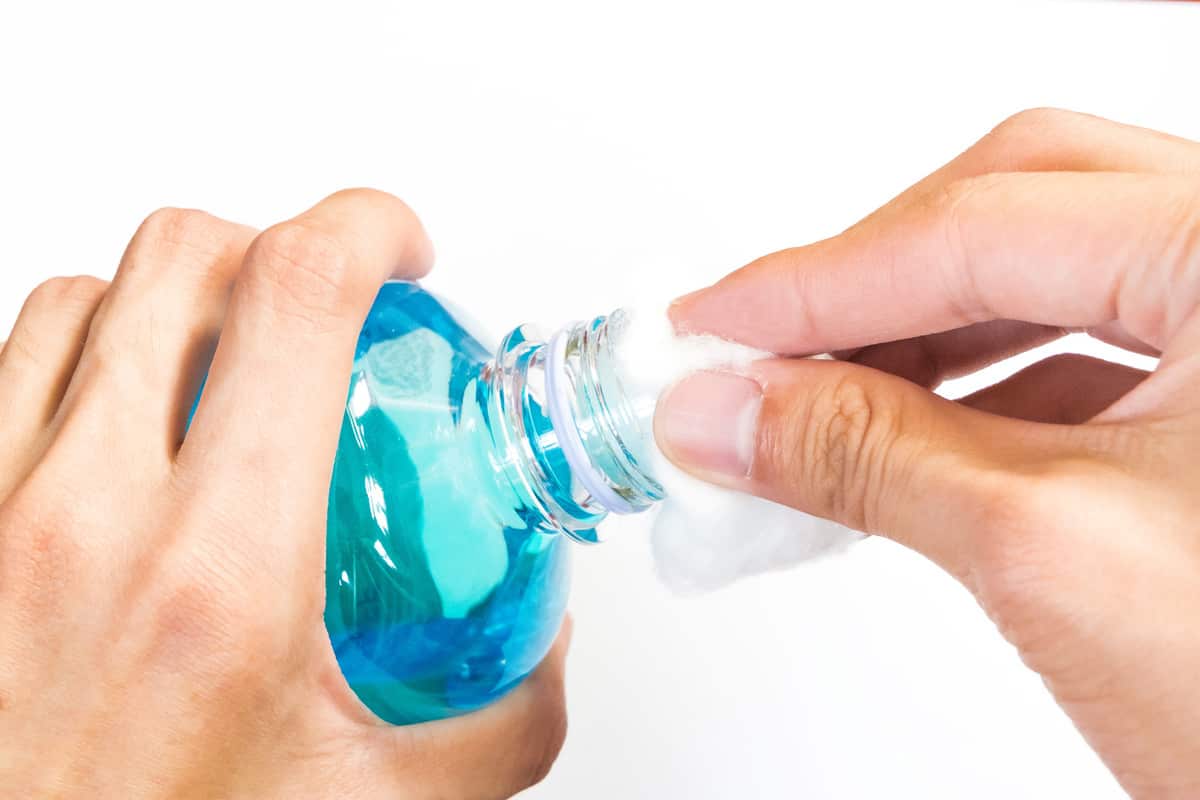
Despite being in the same solvent category as rubbing and denatured alcohol, ethyl is not included. The reason is that it is highly flammable and often melts away the plastic.
Linseed Oil
Linseed oil is a treatment and preservative kind of oil it is not known for its cleaning quality. It will only add a layer of protection to the paint making it more challenging to remove; moreover, it is also highly flammable.
Turpentine and Lacquer Thinner
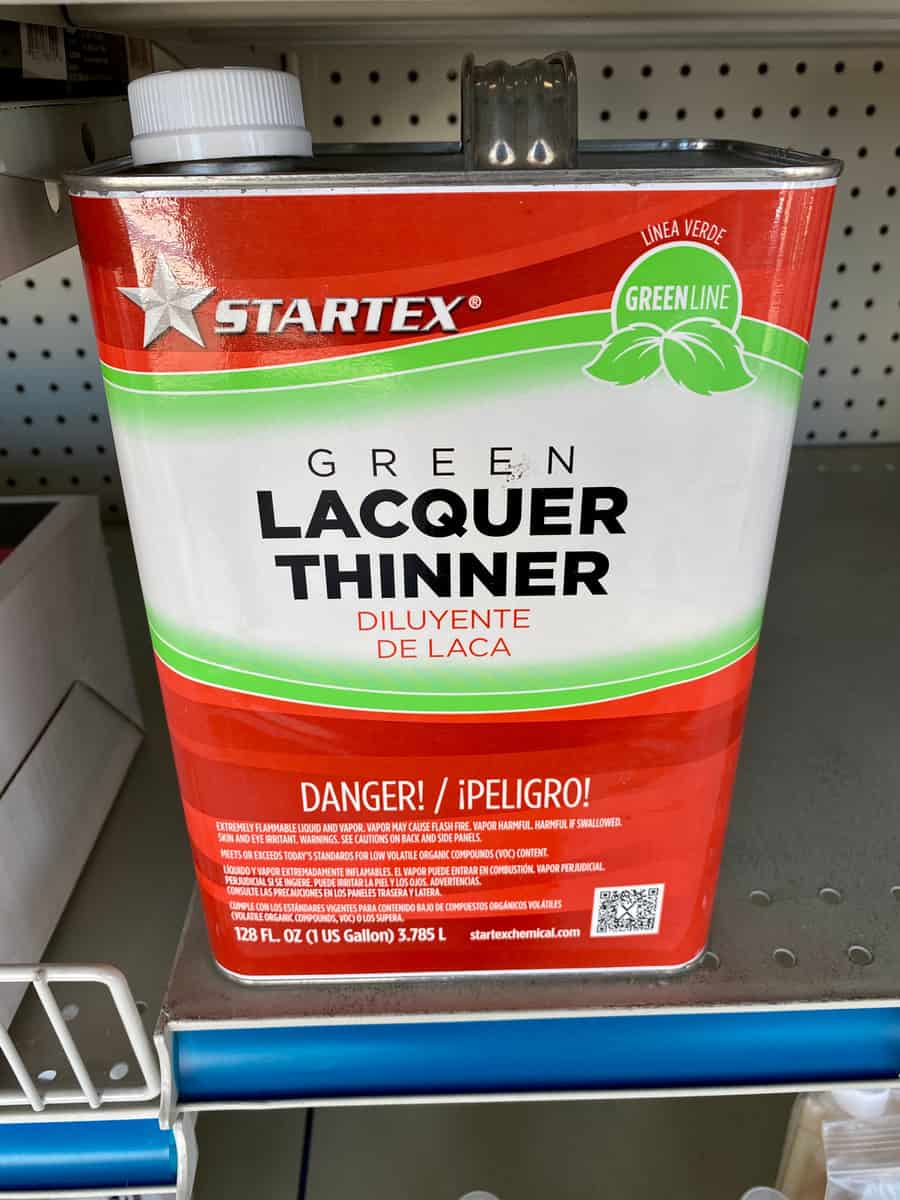
Turpentine and Lacquer Thinner are types of paint thinner but are not popularly used due to the negative outcome. Over time, mainly if used excessively, these two may leave scratches and discolor the surrounding area.
Frequently Asked Questions
Is Wd-40 Safe To Use on Plastic Car Parts?
Wd-40 is relatively safe for plastics except for amorphous soft ones like polycarbonate and polystyrene. Follow the instructions and note the precautions stated on the product sticker for the best result. Wd-40 left unattended and exposed for extended periods may discolor and corrode plastic.
If you accidentally used an excessive WD-40 on the plastic, immediately wipe it with a clean towel focusing on the crease and crevices or where it may settle. Wash the area with soapy water and leave it to air dry. Repeat process as needed.
Does Hydrogen Peroxide Remove Paint?
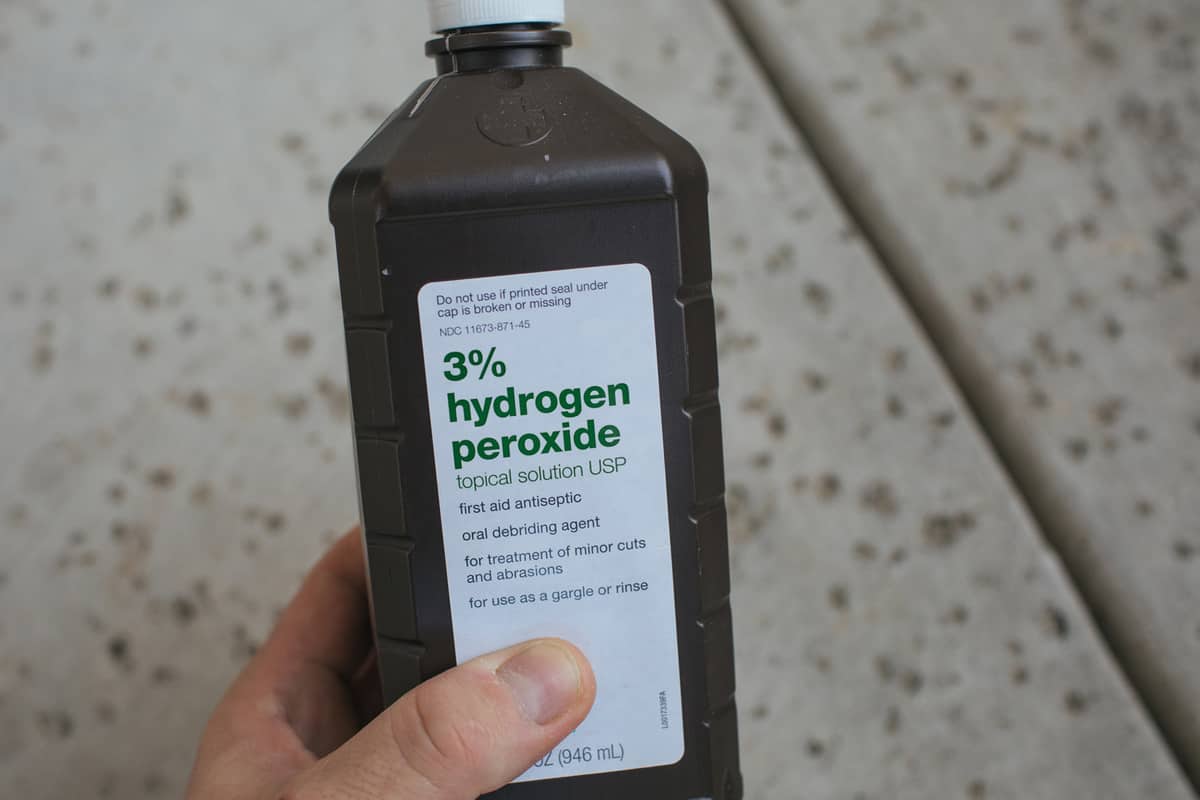
Often used as nail polish remover, you can use hydrogen peroxide as an alternative to acetones. Dampen your cloth with hydrogen peroxide, then apply to the area; use a scrubber or brush to lift the paint off and wipe it clean with a towel.
If working indoors, ensure proper ventilation to avoid inhaling the fumes, and wear gloves to prevent direct skin contact.
Does Borax Strip Paint?
Generally concocted to remove paint from fabrics, Borax mixed with household ammonia, washing soda, and water is a lesser-known alternative for stripping paint. Make a thick paste out of it, apply it to the paint, and leave it for ten minutes; once dried, brush the residue and paint off.
Since you're dealing with ammonia, wear gas masks, and work in a well-ventilated area or preferably, outdoors.
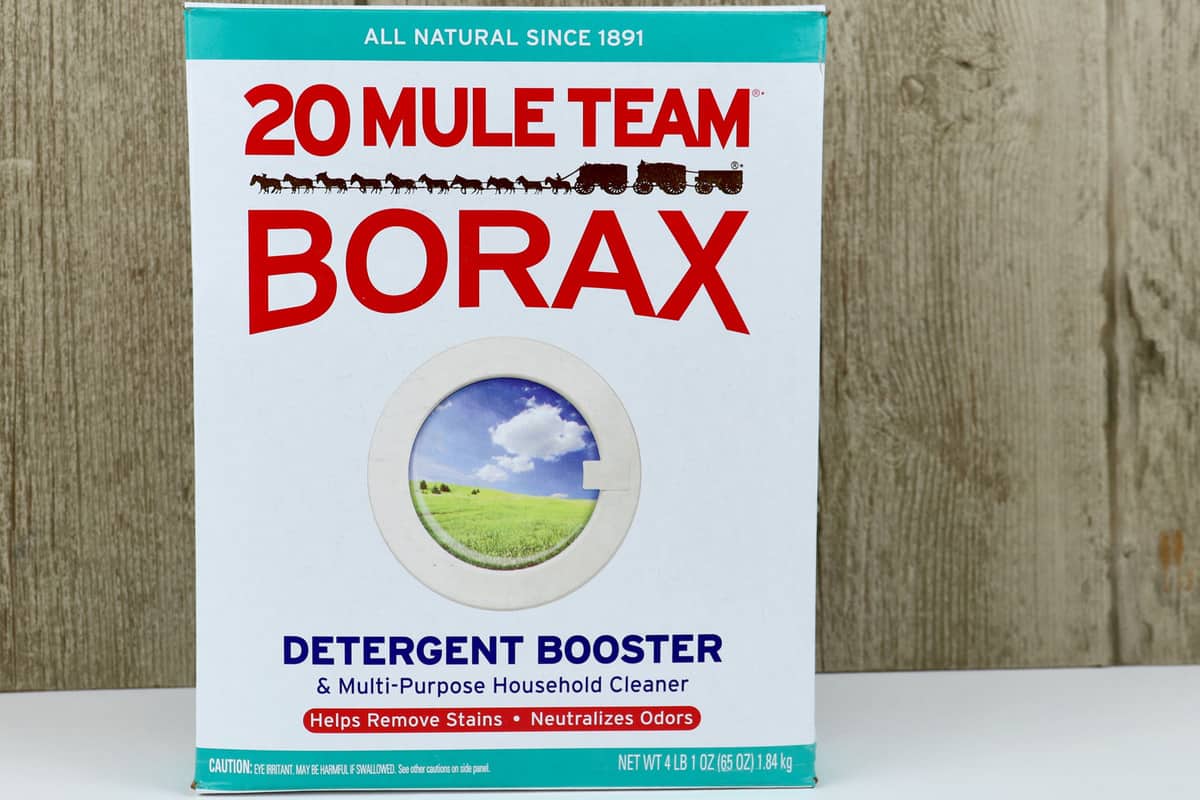
How Do You Remove Paint From Plastic Without Damaging It?
Try using the natural methods first, like oils and vinegar, then make your way to more potent chemicals such as acetone, alcohols, and thinners. Reserve the heavy-duty options as a last resort for safety reasons.
Things will also be easier if you use paint removals tools like putty knife, scraper, and brushes. If you feel uncomfortable using sharp and abrasive tools, you may opt for soft-bristled brushes and cloth.
In Closing
Paint removal is a regular process although sometimes tedious. You can easily do this with the help of products, patience, and some elbow work. Take safety precautions when dealing with harsh chemicals for your sake and everyone around you.
If you found this article helpful, then check out these excellent articles as well!





